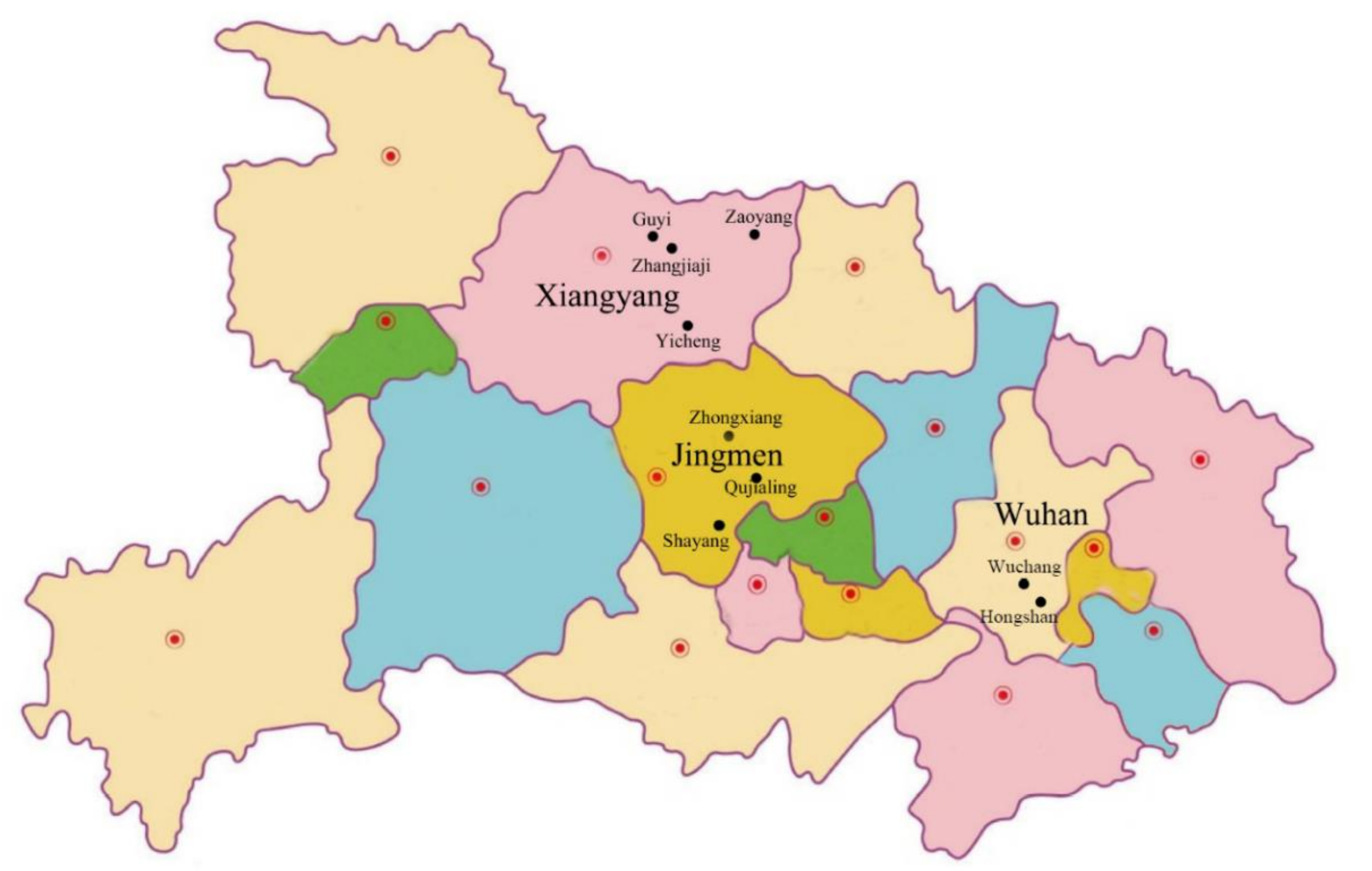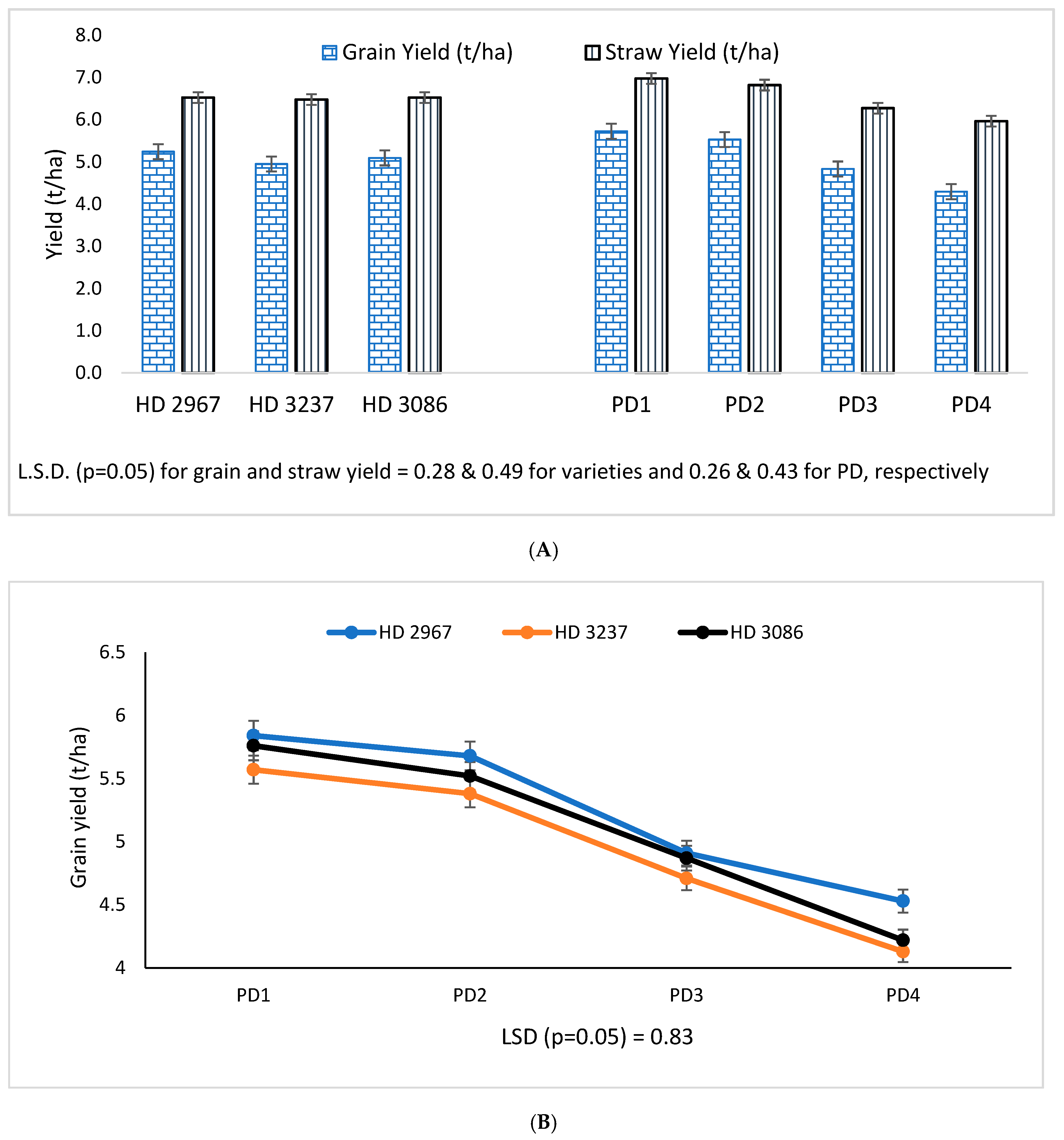

High N application often reduced the proportion of water available after anthesis and decreased the relative contribution of remobilization to grain yield as long as grain yields increased, particularly on soils with greater water-holding capacity. The simulated contribution of assimilates stored prior to grain filling to grain yield can amount to several tonnes per hectare, however, it varied substantially from 5–90% of grain yield depending on seasonal rainfall amount and distribution, N supply, crop growth and seasonal water use. Simulation results highlighted that in each of these locations assimilates stored prior to grain filling often contributed a significant proportion to grain yield. The model, linked to long-term historical weather records was used to analyse yield benefits from assimilates stored prior to grain filling under rainfed conditions at a range of locations in the main wheat growing areas of Australia. The simulated relative contribution of assimilates stored prior to grain filling to grain yield also decreased with increasing availability of water after anthesis. Analysing system components indicated that with increasing yield, both the observed and simulated absolute amount of remobilization generally increased while the relative contribution to grain yield decreased. The field measurements allowed the routine for remobilization of assimilates stored prior to grain filling in the model to be tested for the first time and simulations showed close agreement with observed data. Model outputs were compared with detailed measurements of N fertilizer experiments on loamy soils at three locations in southern New South Wales, Australia. APSIM-Nwheat is a crop system simulation model, consisting of modules that incorporate aspects of soil water, nitrogen (N), crop residues, crop growth and development. Assimilates stored prior to grain filling have been identified as important contributors to grain yield in such environments, but quantifying their benefit has been hampered by inadequate methods and large seasonal variability. These include early vigour to reduce soil evaporation and increase competition with weeds, greater tillering/biomass to reduce limitation by sink size, and a vigorous root system with appropriate lateral spread and growth to depth to access available soil water.Grain yields of rainfed agriculture in Australia are often low and vary substantially from season to season. This study points to several genotypic traits that could improve the performance of wheat grown at wider row spacings. Nitrogen regimes had little effect in this study.

Simulated yields of short-season genotypes were always greater than yields of longer season genotypes.

Simulated yields at wider row spacings were consistently lower due to insufficient biomass, increased soil evaporation and the inability of the crop to use all of the available water before maturity. None of the strategies tested increased wheat yield under the predicted climate scenarios. Two climate-change scenarios were applied to historical climatic data to create two plausible future climates ('optimistic' and 'pessimistic') for the year 2030.
#PERFORMANCE OF THE APSIM WHEAT MODEL IN WESTERN AUSTRALIA SIMULATOR#
The Agricultural Production Systems Simulator (APSIM) wheat model was used to investigate the effects of recent and projected climate change on yield in relation to row spacing, phenology and nitrogen. Widening row spacing reduced biomass and slowed water use but did not increase grain yield, because of increased soil evaporation and water left in the soil at crop maturity.

Water storage before seeding showed potential to maintain or increase yields despite lower in-season rainfall. Field experiments with rain-out shelters and irrigation were conducted in 20 to investigate the interactions of rainfall distribution, row spacing, genotype and timing of nitrogen application on growth, water use and grain yield of spring wheat. This study investigated the effects of predicted changes in rainfall distribution in marginal (≤325 mm annual rainfall) parts of the south-west Australian wheatbelt and options for management and adaptation of the wheat crop.


 0 kommentar(er)
0 kommentar(er)
